Table of content
Tea cakes, also known as compressed tea or tea bricks, have been cherished for centuries across Asia, particularly in regions like China, Japan, and Tibet. These densely packed discs of tea leaves offer a unique brewing experience, blending history, tradition, and exquisite taste. Unlike loose-leaf teas, tea cakes require a deliberate approach to unlock their full potential—a process that involves patience, precision, and an appreciation for the ritual of tea preparation. This article delves into the intricacies of brewing tea cakes, from selecting the right tools to mastering steeping techniques, ensuring every sip reveals the tea’s complex layers of flavor and aroma.
Understanding Tea Cakes: A Brief History and Composition
Tea cakes originated in ancient China during the Tang Dynasty (618–907 CE) as a practical way to preserve and transport tea leaves along the Silk Road. Compressed into discs, bowls, or bricks, these teas were durable and ideal for long journeys. Today, tea cakes are most commonly associated with Pu-erh tea, a fermented variety from Yunnan Province, but they are also made from green, oolong, and black teas.
The compression process involves steaming tea leaves to soften them, then pressing them into molds. This method not only extends the tea’s shelf life but also encourages aging, much like wine. Over time, tea cakes develop deeper flavors, with notes of earth, wood, moss, and even hints of dark chocolate or dried fruit. The density of the cake means the leaves are tightly packed, requiring careful handling during brewing to ensure even extraction.
Tools and Ingredients Required for Brewing Tea Cakes
To brew a tea cake properly, you’ll need specific tools that cater to its compressed nature. Here’s a list of essentials:
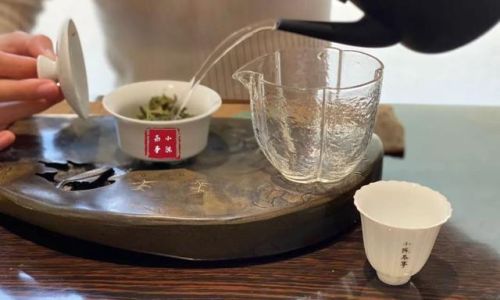
- Tea Cake: Choose a high-quality cake with minimal broken leaves. Older cakes (5+ years) often offer smoother, more nuanced flavors.
- Tea Needle or Pick: A sharp, pointed tool to gently pry leaves from the cake without crushing them.
- Tea Knife: A small, flat knife for slicing off chunks of the cake if it’s particularly hard.
- Gaiwan or Yixing Teapot: Porous clay or ceramic vessels that enhance flavor extraction and retain heat. Avoid metal or glass, as they can alter the tea’s taste.
- Strainer or Filter: To catch fine particles if the leaves are particularly crumbly.
- Kettle with Temperature Control: For heating water to the precise temperature required for your tea type.
- Fair Cup (Gong Dao Bei): A clear glass or ceramic pitcher to evenly distribute the tea.
- Tasting Cups: Small, aromatic cups to savor the tea’s nuances.
- Scale: To measure tea leaves accurately (6–8 grams per 150ml of water is a standard ratio).
- Timer: Essential for tracking steeping times, which vary by tea type.
Step-by-Step Brewing Guide
Preparing the Tea Cake
Begin by examining the tea cake. Older cakes may have a layer of dust or aged leaves on the surface—this is normal and even desirable. Use a tea needle or pick to gently loosen leaves from the edge of the cake. Avoid digging into the center, as this can damage the cake’s structure. If the cake is tightly compressed, insert the needle at a 45-degree angle and wiggle it slightly to release small chunks. Aim for leaves roughly the size of a fingernail; larger pieces may steep unevenly.
Measuring the Tea
Weigh your tea leaves using a scale. For a 150ml gaiwan, 6–8 grams is ideal. Adjust based on your taste preferences: more tea for a bolder flavor, less for a milder brew. Place the leaves in the gaiwan or teapot.
Rinsing the Leaves (First Infusion)
The first infusion, called the “tea wash,” serves two purposes: to awaken the leaves and remove any dust or impurities. Heat fresh, filtered water to the appropriate temperature (see section on water temperature below). Pour the water over the leaves, filling the gaiwan to the brim. Immediately discard this infusion by pouring it into a wastewater bowl or teapot. This step also preheats the vessel, ensuring consistent brewing.
First Steeping
Refill the gaiwan with freshly heated water. Cover and steep for the recommended time (see chart below). Pour the tea into the fair cup, then distribute it into tasting cups. Sip slowly, noting the tea’s aroma, body, and aftertaste.
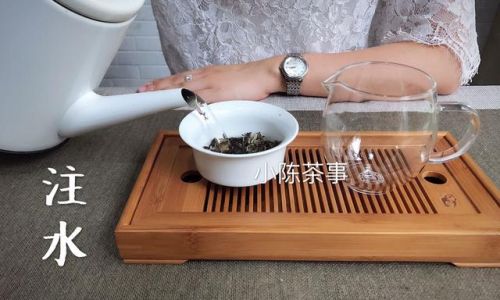
Subsequent Infusions
Tea cakes can often be steeped 8–15 times, with each infusion revealing new flavor dimensions. Increase steeping times by 5–10 seconds per infusion to extract deeper flavors. For example:
- Infusion 1: 10 seconds
- Infusion 2: 15 seconds
- Infusion 3: 20 seconds
- Continue adding 5–10 seconds per infusion
Mastering Water Temperature and Quality
Water temperature is critical for brewing tea cakes, as it directly impacts flavor extraction. Here’s a guide for common tea types:
-
Pu-erh Tea (Sheng/Shou):
- Young Sheng (raw): 90–95°C (194–203°F)
- Aged Sheng/Shou (ripe): 95–100°C (203–212°F)
-
Oolong Tea: 85–95°C (185–203°F)
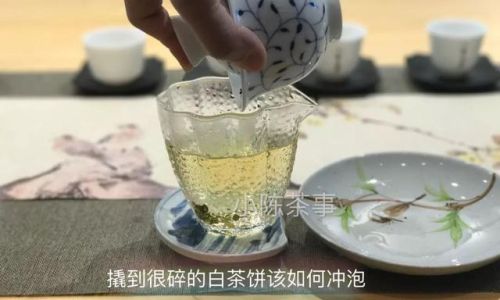
-
Green Tea Cakes: 75–80°C (167–176°F)
-
Black Tea Cakes: 90–95°C (194–203°F)
Use soft, filtered water to avoid mineral aftertastes. Avoid reboiling water, as this depletes oxygen and flattens the tea’s flavor.
Steeping Time and Technique
The goal is to balance strength and clarity. Oversteeping can result in bitterness, while understeeping yields weak, watery tea. Here’s how to adjust:
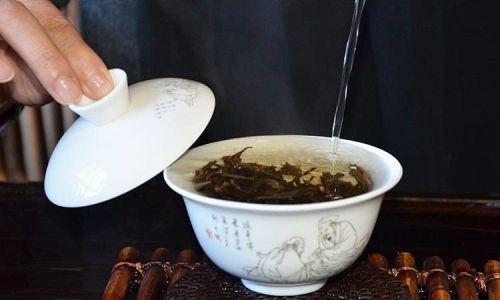
- Lightly Compressed Cakes: Shorter steeps (e.g., 5–10 seconds for the first infusion).
- Tightly Compressed Cakes: Longer steeps (15–20 seconds) to penetrate dense leaves.
- Aged Teas: Start with shorter steeps and extend gradually to coax out complexity.
Adjusting for Different Tea Cakes
Pu-erh Tea Cakes
Pu-erh, whether raw (sheng) or ripe (shou), benefits from high temperatures and multiple infusions. Aged pu-erh (10+ years) often has a mellow, earthy sweetness, while younger sheng pu-erh may be more astringent. Use a Yixing teapot to enhance its earthy notes.
Oolong Tea Cakes
Oolong tea cakes, such as Tie Guan Yin, require moderate heat and shorter steeps. Their floral or fruity notes shine in a gaiwan, which allows the leaves to unfurl fully.
Green Tea Cakes
Delicate green tea cakes, like Japanese Sencha or Chinese Longjing, need lower temperatures to prevent bitterness. Steep for just 1–2 minutes initially, increasing slightly for subsequent infusions.
Common Mistakes to Avoid
- Using Boiling Water on Delicate Teas: High heat scorches green and white tea cakes, ruining their subtle flavors.
- Not Rinsing the Leaves: Skipping the first infusion leaves behind dust and impurities.
- Overpacking the Teapot: Cramming too many leaves restricts water flow, causing uneven extraction.
- Ignoring Steeping Times: Guesswork leads to inconsistency—use a timer.
- Reusing Leaves Without Adjusting: After 8–10 infusions, tea leaves lose potency; discard or compost them.
Enhancing the Brewing Experience
- Aroma Appreciation: Inhale deeply after each infusion to detect evolving scents—wood, honey, or even camphor.
- Pairing with Food: Aged pu-erh complements rich dishes like charcuterie, while green tea cakes pair well with light desserts.
- Mindful Brewing: Treat the process as meditation. Observe the leaves unfurling, the liquor’s color deepening, and the steam’s fragrance.
Storing Tea Cakes
Proper storage preserves your tea cake’s quality. Keep it in a cool, dry place away from light and odors. Use a clay jar or breathable paper bag to allow gradual aging. Avoid plastic containers, which trap moisture and cause mold.
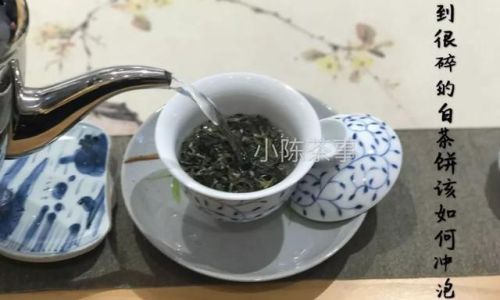
Conclusion: The Journey of Tea
Brewing a tea cake is more than a routine—it’s a conversation between brewer and leaf, a dance of heat and time. Each cake carries stories of its origin, the hands that pressed it, and the years it spent maturing. By mastering the tools, temperatures, and techniques outlined here, you unlock not just a beverage, but a gateway to tradition. Experiment, savor, and let the tea guide you. After all, the best cup is the one brewed with intention, patience, and a thirst for discovery.
Whether you’re a seasoned connoisseur or a curious newcomer, the world of tea cakes awaits—one steep at a time.
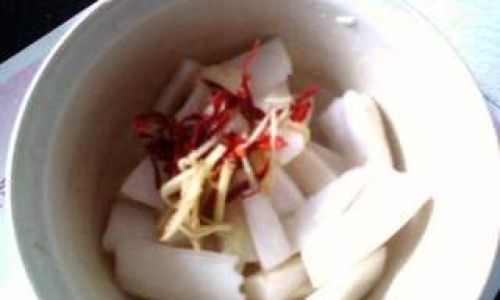
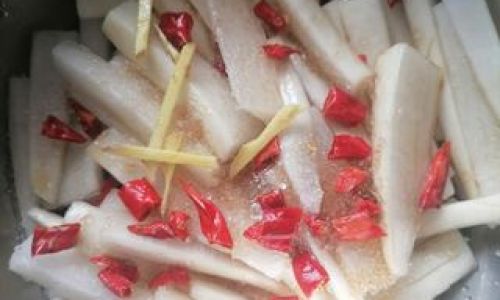
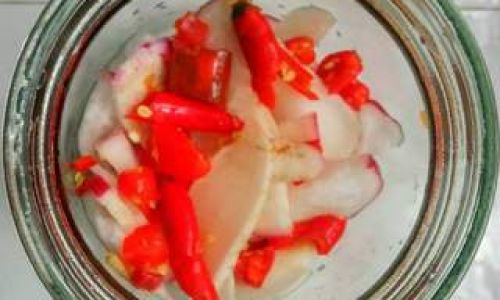
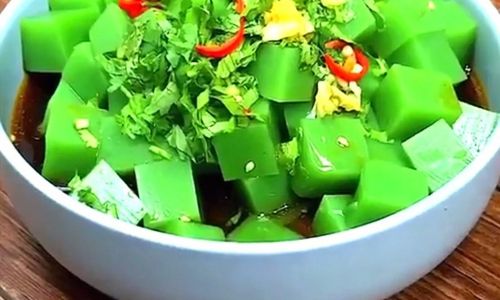

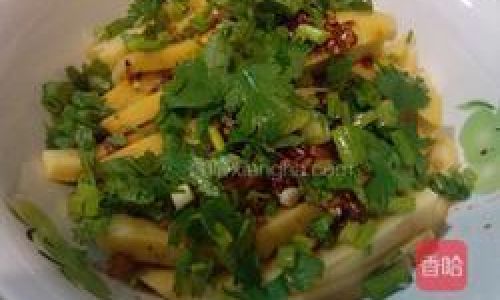
0 comments